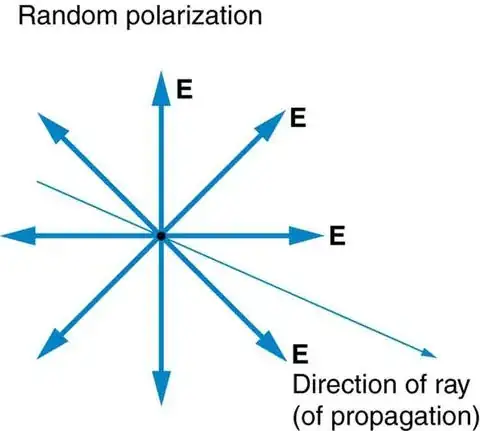Typically unpolarised light is shown like this:

Basically, from what I've seen, unpolarised light is just a lot of overlapping individual light waves. However, if they truly overlapped, would their electric and magnetic fields not cancel out?
In the picture above, shouldn't there be a net electric field direction (or even 0 in this case - meaning no EM wave?), as $E$ fields can add (as evidenced by circular polarization)? Is it because this net direction would rapidly change throughout the light ray that it's considered non-polarised? But if this cancellation was true, wouldn't that mean that all the intensity and energy of the original waves have been "destroyed"?